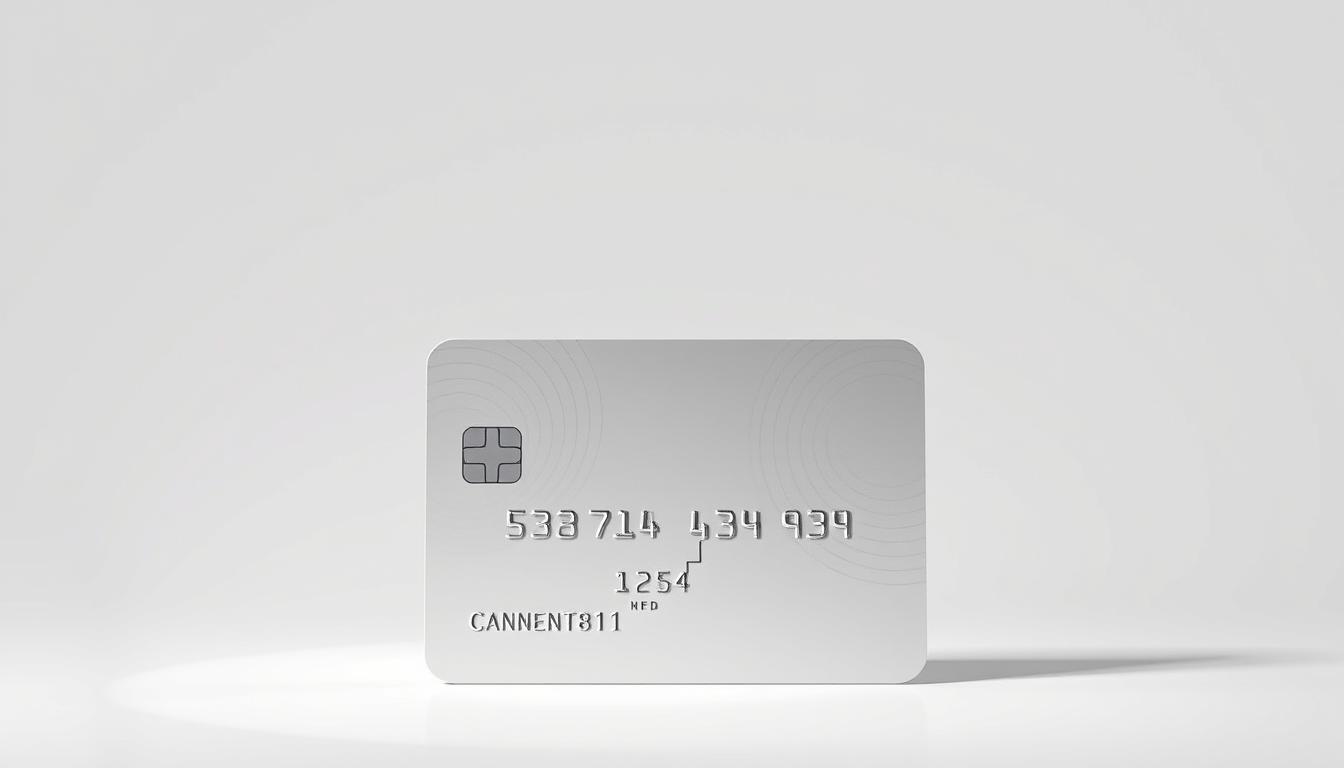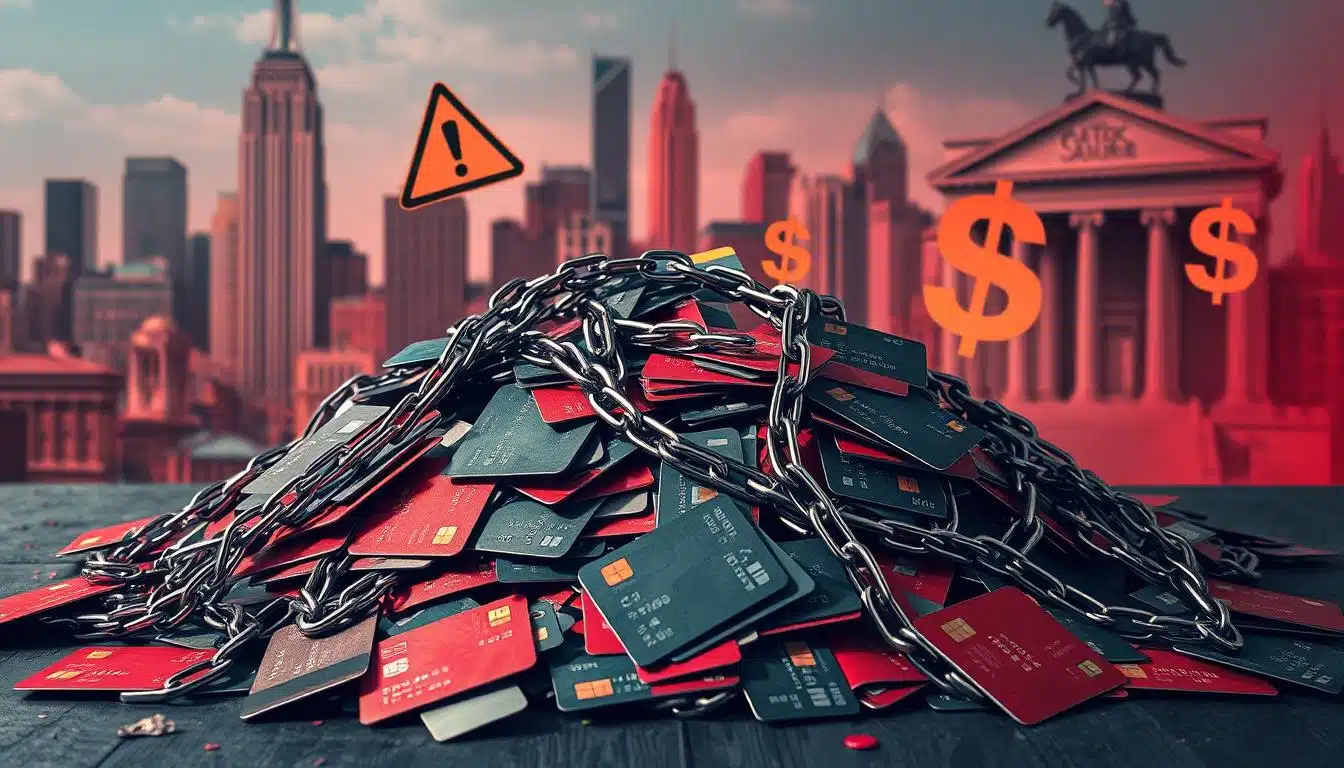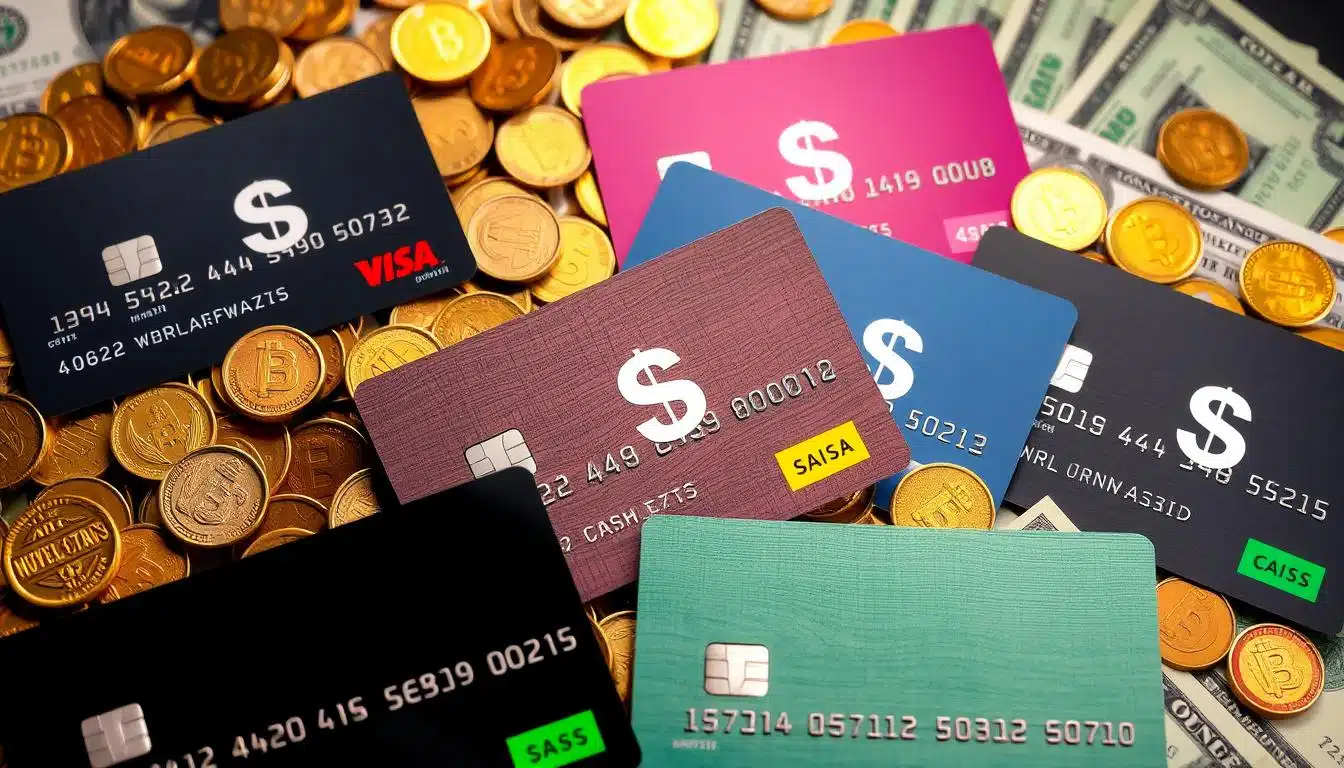Understanding how to manage your credit utilization ratio is key. It helps maintain a solid credit score and good financial health. This concept is about how much credit you use versus what you have.

Chase Sapphire Preferred® Card
It plays a big role in your credit score. Keeping a low ratio shows debt management skills. This is important for lenders to see your creditworthiness.
By following credit tips, you can improve your financial standing. This opens the door to better loan conditions.
Anúncios

Anúncios
Understanding Credit Utilization
Credit utilization is crucial in managing your finances. It shows the percent of revolving credit you’re using, mostly on credit cards. It is very important because it majorly affects your credit score.
Definition and Importance
Credit utilization measures how much of your credit limit you’re using. For lenders, this shows how you use borrowed money. A low ratio means you’re good at managing debt, boosting your credit score. It’s best to keep it between 1% and 30%.
How Credit Utilization Affects Your Credit Score
Credit utilization influences around 20% of your VantageScore and 30% of your FICO scores. A high ratio can lower your score. But, a low ratio makes you look better to lenders. This can affect your chances of getting loans and good interest rates.

Calculating Your Credit Utilization Ratio
Knowing how to calculate your credit utilization is key for a good credit score. The method to figure it out is easy. It helps you check your financial health fast. This ratio is a big deal for your credit score. So, it’s important to know how to do the math right.
Formula for Calculation
The math for your credit use ratio is basic: just divide what you owe by your credit limit. It goes like this: Credit Utilization Ratio = Total Credit Used / Total Available Credit. When you know this, you can keep track of how much credit you’re using.
Example of Credit Utilization Ratio
Imagine someone with three credit cards, adding up to a $30,000 limit. If they owe $12,000 on them, we can work out their credit use rate. It’s 40% ($12,000 out of $30,000). This shows why keeping an eye on your credit use is important for a better score.
Ideal Credit Utilization Ratio
Knowing the best credit use rate is key to a good credit score. Keeping your use low helps your credit and financial health.
Recommended Percentage for Optimal Credit Score
Experts recommend keeping your credit use under 30%. This helps your credit score stay high. Going over 30% can look bad to lenders, showing you might be overwhelmed financially. Having a very low use rate can also be bad, as it might suggest you’re not using credit enough.
Consequences of High and Low Ratios
Both high and low use rates have downsides. A high rate may alarm lenders, hinting you’re close to maxing out your finances. This situation could lead to higher interest rates or even loan denials. Meanwhile, a too low rate might show you’re not using your credit much. It’s important to find a balance for a strong credit standing.
Strategies to Improve Your Credit Utilization
Taking control of your credit utilization involves a few key strategies. To keep a healthy credit profile, it’s important to manage carefully. Start by cutting down your debt and asking for a higher credit limit.
Pay Down Existing Debt
To better your credit utilization ratio, start by paying off debts. Lowering your credit card balances can really help your ratio drop. Not only does this look good, but it also helps you stay financially stable in the long run.
Request a Credit Limit Increase
A higher credit limit can lower your utilization ratio. Request a limit increase from your credit issuer to boost your available credit. You can usually do this online or by phone, and it might not even hurt your credit score. Just make sure you don’t start spending more because of the higher limit.
The Impact of Closing Credit Accounts
Closing a credit account is a big choice that can change how stable your finances are. It’s important to think about how it affects your credit use ratio. This ratio shows how much of your available credit you’re using, which is key in deciding your credit score.
How Closing Accounts Affects Your Available Credit
When you close a credit account, your available credit limit goes down. Let’s say you close a card with a $5,000 limit. If your total credit goes down to $15,000, your credit use ratio might rise if you owe the same. This can be bad for your score since lenders like it when you use less of your available credit.
Keeping Unused Credit Open
To keep your score from dropping, it’s a good idea to keep credit accounts open, even if you don’t use them. This way, your total credit limit stays high, which helps keep your credit use ratio low. Being proactive in managing your credit can help improve your score over time.
Using Personal Loans for Credit Utilization
Using personal loans can help manage high debt. This strategy involves moving high-interest credit card debt to personal loans. It helps in lowering the credit utilization ratio, important for credit scores. It’s a good move for better financial health.
How Personal Loans Can Lower Your Credit Utilization
Personal loans help in combining high-interest credit card debt into one payment. This method reduces the amount owed on credit cards. Since these loans are installment loans, they don’t count in the utilization ratio. This change can help improve credit scores.
Benefits and Risks of This Strategy
Using personal loans for credit utilization has pros and cons. Pros include:
- Lower monthly payments than credit cards.
- Fixed interest rates make repayment stable.
- Can lead to a better credit score by lowering utilization.
Risks should also be considered:
- Possibly higher interest rates for those with less than ideal credit.
- Loan origination fees and other costs.
- Chance of more debt if spending isn’t controlled.
It’s crucial to understand these benefits and risks. Think about your finances to see if it fits your long-term goals in lowering utilization.
Spread Purchases Across Cards
Using more than one credit card can help manage your credit better. It lets you spread your spending across different accounts. This keeps any card from getting too close to its limit. It shows lenders you’re good at handling credit.
Diversifying Spending to Manage Utilization
Spreading out what you buy over several cards is key in credit management. It helps you not use up your limit on a single card. Doing this helps your credit score stay healthy.
Benefits of Multiple Credit Cards
Having several credit cards comes with lots of perks. Some benefits are:
- Keeping balances low improves your credit use score.
- Different rewards fit your spending habits.
- Higher total limits boost your credit health.
- More options for covering surprise costs.
Though it takes some planning, using many cards can better your credit score and financial health.
Monitoring Your Credit Utilization Using Tools
It’s crucial to keep an eye on your credit utilization for a good credit score. Credit monitoring tools can help you keep track effectively. They give updates in real time about your credit use ratio. This helps you make smarter money moves.
Free Credit Monitoring Services
Many banks and websites provide free credit watch services. These services let you follow your credit use at no cost. They give insights into how your spending affects your credit score.
- Access to real-time credit reports
- Regular updates on your credit utilization
- Ability to check for discrepancies or fraudulent activities
Setting Up Alerts for Credit Utilization Changes
Setting up utilization alerts is key for keeping an eye on your credit. With alerts, you get notified if your credit use goes above a set level. This helps you quickly adjust your spending.
- Customizable alert thresholds
- Prompts to review and adjust spending
- Enhanced ability to prevent overspending
The Role of Payments in Managing Credit Utilization
Managing credit use is key, and payments play a big role. Paying off credit card balances often is a smart move. It helps lower what you owe and shows lenders you’re good with money.
Making Frequent Payments to Lower Balances
Making payments often helps keep your credit score high. After buying something, pay it off to lower your report balance. This helps you manage your credit better and stay within limits.
The Benefits of Automatic Payments
Automatic payments make paying bills easy and on time. They lower the chance of missing a payment and hurting your credit score. They also keep your balances low and encourage smart spending.
Conclusion
Getting your credit usage right is key to a good credit score. Learning how it’s calculated and how to manage it well matters. This means, watching your spending and checking your credit often.
Using financial smart moves like paying on time and having more than one credit card helps a lot. These actions boost your credit score. And they help you make better money choices later on.
Improving credit use is an ongoing process. It helps shape your money future. Starting with good habits now leads to a better financial life ahead.
FAQ
What is credit utilization?
How is my credit utilization ratio calculated?
What is an ideal credit utilization ratio?
What happens if my credit utilization ratio is high?
How can I improve my credit utilization?
Does closing a credit account affect my credit utilization?
Can personal loans help lower my credit utilization?
How can I monitor my credit utilization effectively?
What role do regular payments play in managing credit utilization?
Are there risks associated with using personal loans for credit utilization management?
Conteúdo criado com auxílio de Inteligência Artificial


